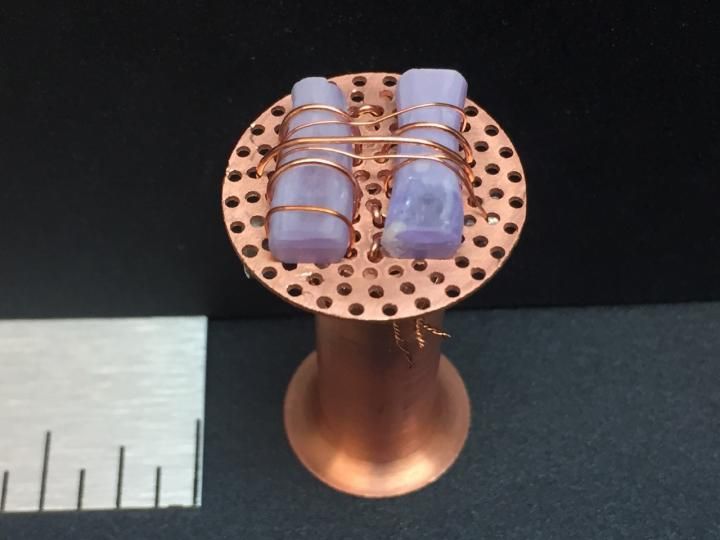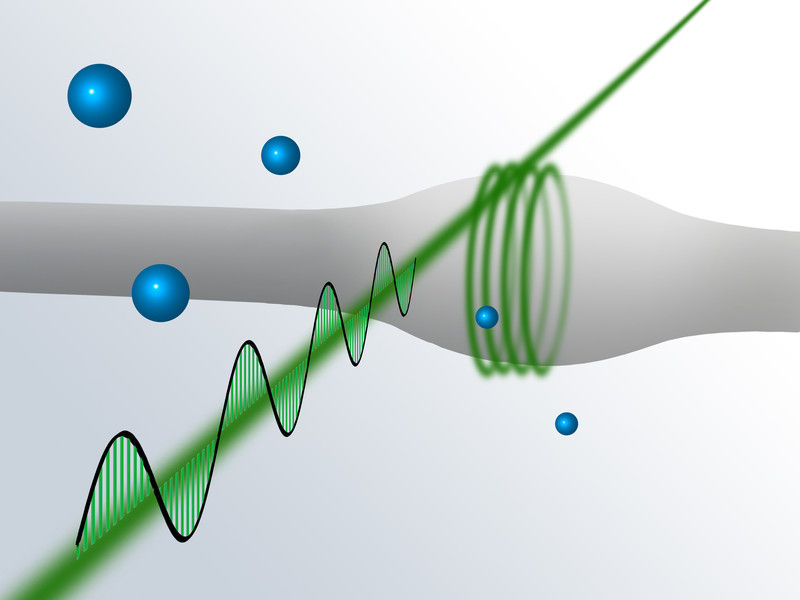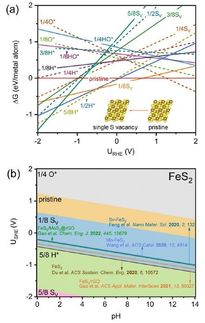Catalysts for controlled cascade reactions
Advertisement
It is difficult to convert carbon dioxide or nitrogen oxides into useful or harmless substances. Wolfgang Schuhmann wants to find a way and is being helped to do so by the EU.
Professor Wolfgang Schuhmann intends to produce useful platform chemicals from harmful gases on an industrial scale using innovative catalytic cascade reactions. The Chair of Analytical Chemistry at Ruhr-Universität Bochum (RUB) has received an Advanced Grant from the European Research Council (ERC) for this project. The funding totals 2.5 million euros for five years.
Reaction chain does not normally run as desired
The electrochemical conversion of CO2 or nitrogen oxides into useful or harmless subsequent products is based on a complex series of reactions. Some of them require more energy, some less. “Chemistry always chooses the energetically most favourable path,” explains Wolfgang Schuhmann, a member of the cluster of excellence Ruhr explores Solvation, Resolv. The reaction chain thus does not run as desired, and a wide range of products are created, not just the one that you want.
Moreover, CO2 is not easily soluble in aqueous liquids. It is thus not possible to convert industrially significant quantities of CO2 in conventional electrochemical cells.
One contact point for three phases
It is hoped that special electrodes modified with catalysts, which Wolfgang Schuhmann wants to design with his ERC grant, will provide a solution. They are based on a conductive fleece with a Teflon coating on one side, making it gas-permeable but not water-permeable. Various catalyst particles are embedded in the fleece. While the gas enters the fleece from the waterproof side, the fleece is moistened from the other side. “A place in which all three components – gas, liquid phase and catalyst – come into contact with each other is thus created inside the fleece,” explains Schuhmann.
Particles with a certain order
The various different catalyst particles in the gas diffusion electrodes, have to be placed at defined relative locations, that only the desired reaction pathway should take place, ultimately causing the desired product to be created, such as harmless nitrogen from nitrogen oxides. This should prevent possible side paths for unwanted reactions to a large extent.
The aim of the ERC project is to understand the design of cooperating catalysts for selective cascade reactions and demonstrate their function. The research focuses on producing basic platform chemicals through the reduction of CO2 and air purification to remove nitrogen oxides.
Most read news
Topics
Organizations
Other news from the department science

Get the chemical industry in your inbox
By submitting this form you agree that LUMITOS AG will send you the newsletter(s) selected above by email. Your data will not be passed on to third parties. Your data will be stored and processed in accordance with our data protection regulations. LUMITOS may contact you by email for the purpose of advertising or market and opinion surveys. You can revoke your consent at any time without giving reasons to LUMITOS AG, Ernst-Augustin-Str. 2, 12489 Berlin, Germany or by e-mail at revoke@lumitos.com with effect for the future. In addition, each email contains a link to unsubscribe from the corresponding newsletter.
Most read news
More news from our other portals
Last viewed contents

Life Cycle Assessment of battery-grade lithium - Potential for lower emissions

'Spooky' sightings in crystal point to extremely rare quantum spin liquid
Psychic_energy
Could black phosphorus be the next silicon? - New material could make it possible to pack more transistors on a chip, research suggests
Oil_shale_extraction
Trajan completes acquisition of SGE business































































